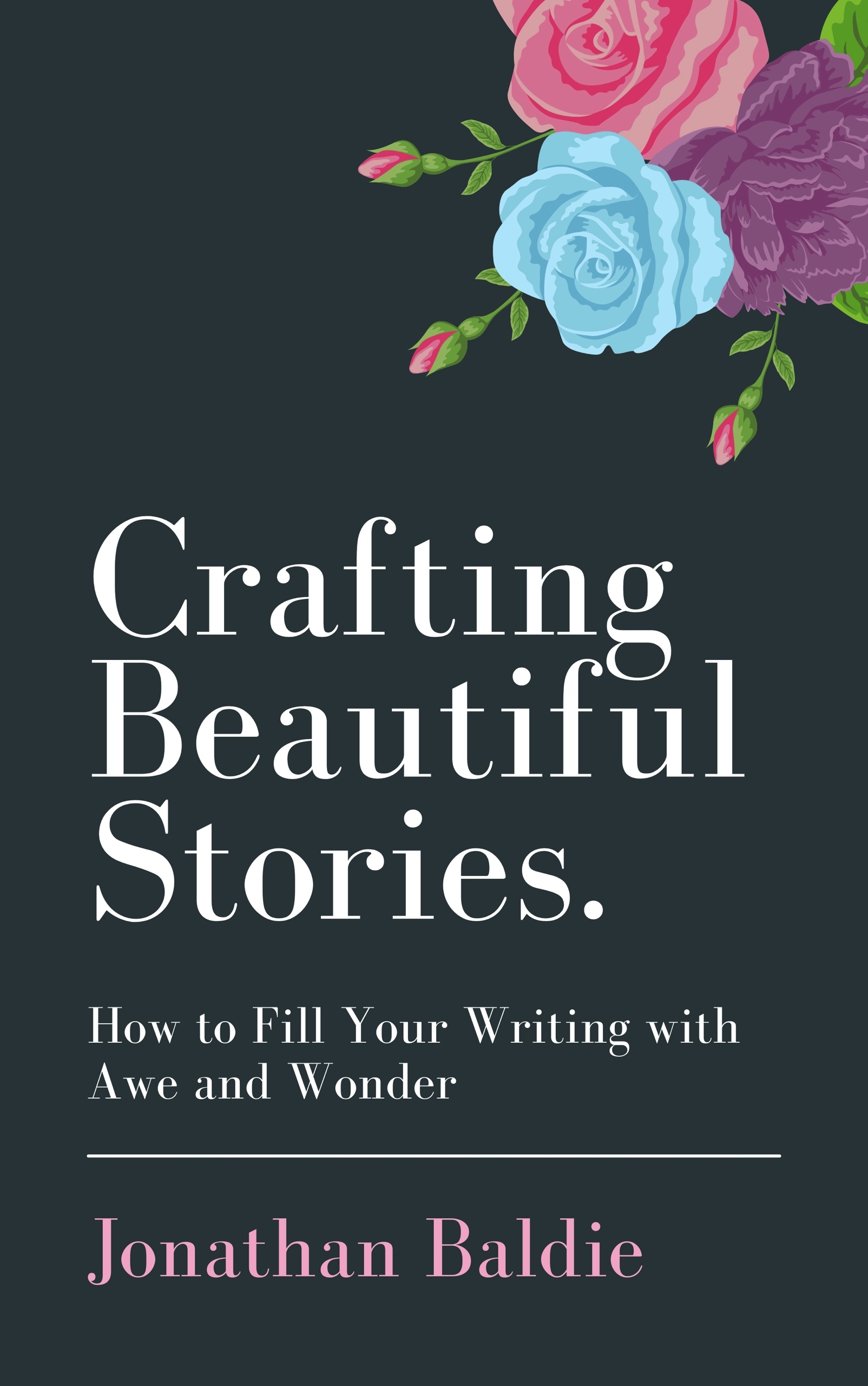Hey! Jon here. Just a heads-up that this post is over a year old and is therefore likely to be outdated.
Untying Your Knots
12th April, 2019 Share on Twitter

I have a mild form of Tourette’s Syndrome. When I’m anxious, stressed, or generally in a less controlled state, I often twitch. My eyes, face, and throat all seize up, making it impossible to really behave properly. If you’ve watched one of my lectures or YouTube videos, this news might come as a surprise, but I’ve become pretty good at controlling these urges, out of a desire to not let such a disorder bully me into constantly keeping my eyes closed. Though I can’t say the same if you get a couple of pints in me!
As Jung often told his clients, unconscious motives will exert control over you if you don’t shine a light on them. With my Tourette’s, I couldn’t possibly have such power over it if I weren’t aware of the problems inherent in walking around with a twitchy manner. People find it weird and I don’t blame them. I’m not interested in a war with reality. I won’t demand that people change their perceptions towards me, though I politely encourage others to gain more perspective of what Tourette’s isn’t!
Muscle spasms are a good analogy for a number of creative problems. When we’re tight and obsessing over some issue, our perspective is narrowed and we’re unable to make any real progress. Even worse are the times that we’re not even aware that it’s happening, and we tie ourselves into knots for days or even weeks. Some people tie themselves into dysfunctional patterns for their entire lifetimes. Needless to say, these aren’t happy or productive people.
From what you’ve read so far, you might think that knots are a bad thing. But that’s not true. You should have knots, and you should become good at tying strong knots in the first half of your life. Strong knots help you to pick up heavy burdens and carry them over your back for lengths of time. It takes a firm, energetic grip to tie a strong knot. A weak knot, on the other hand, snaps easily when placed under load. It’s pathetic. It’s lazily made, with no intent for future prolonged use.
A tight knot becomes a problem when it’s tightened beyond any practical measure. We’ve all tied our shoelaces so incredibly tight that it’s nigh impossible to untie. It’s good while we’re using it, but our shoe is effectively attached to our body at that point. The knot restricts us into a weird, contorted shape that restricts our mobility. It weighs on our mind, and we keep thinking, “man, I really should look at that knot,” but we keep leaving it off until a future that never comes.
Stumbling along, our practically bolted-on shoe in tow, our tight knots begin to shape us. We see others who are content with their looser knots and can’t help but feel mesmerised by their charming aura of ease and acceptance. But darker feelings lurk under the surface, feelings of jealousy and resentment. As Nietzsche described in his concept of ressentiment, we not only dislike the situation but we also desperately try to reframe and justify our obvious failure to deal with our issues.
We don’t want to know about our failure to address our tight knots. But reality knows. Reality always knows and contains infinitely more wisdom than we ever imagine. The longer you try to distort reality, the harder it snaps back at you. Perhaps you become so enamoured by your ressentiment-driven justification of your situation, but reality knows the truth. It knows all, and it’s working in its way whether you like it or not. Reality continues running its course with utter indifference.
After tripping over your tied-up laces for the eleventh time, you finally decide you’ve had enough. You pull up a powerful light and shine it on every side of the knot. You pull tentatively on each of its loops, and you find one that eventually gives. The knot doesn’t give up easily, and your fingers get tired. But eventually, you untie the knot. How good it feels to be free! You extend your toes out wide and bound into a run, going as far as you can. Something about this freedom feels indescribably right.
Now that you’ve tasted freedom, you realise that the tight shoes you held onto were only protecting your feet in a shallow sense. Their damaging effects strained you on a much deeper level. But you don’t regret succumbing to these effects, because your old knots served you well in their time. You hold no bad feelings, no resentment. Untying your knots frees you from these precise feelings. Your tight spirit got stuff done, but it hardly has the energy or the time to accept new perspectives.
Don’t hate your tight knots. You created them, after all. Spend your early years learning to tie strong knots, bearing the load and accepting it with pride, because this load gives you strength and structure. Then, when you’re settled, and you feel the nagging pull of your knots, consider untying them. It’s not easy, and often painful to let go of something you identify so strongly with. But untying your knots stops them from exerting control over you. You gain control over yourself. True freedom.
Untie your knots.
Please check out The 24 Laws of Storytelling, my book that explores the principles that make some books and movies great and explains why others fail. By reading my book, you’ll gain the same strategies used by master storytellers such as Stephen King, Christopher Nolan, Fyodor Dostoyevsky, and many more. Pick up your copy today.



